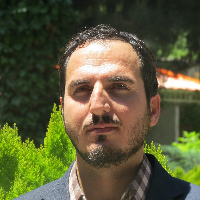The Model of Revolutionary Vitality on the Basis of theExperimental Design for Teaching the Subject "Islamic Revolutionand Its Roots" in Universities and Higher Education Institutes
Common political employments in a political system try and select political employees through arranged and specific structures of its realm of rule. Therefore, every intellectual and ideal situation in society is transmitted to the level of sovereignty through the same political servants. If society enjoys vitality and social health, this vitality, mobility and health will also be transferred to the body of government through the selection of elites and decent individuals as political servants; this article answers the question: how may the model of revolutionary vitality be realized in the space of the university with the student audience? It is stated that in order to raise the level of revolutionary vitality and to maintain revolutionary state among the youth, the eight stages of "belief sharing", "belief", "commitment", "respecting people", "solidarity", "planning", "achieving good results" and "Islamic Republic" have been presupposed. In this paper, based on an experimental design, the relationship between the propaganda persuasion for the lesson of the Islamic Revolution and its roots with the model of revolutionary vitality is examined.
-
The strategic role of think tanks in promoting public diplomacy and strengthening Iran's scientific and cultural capacities in the horizon of 1414
*, Morteza Ashrafi
Journal of Research in History, Politics and Media, -
Opportunities and Challenges of Propaganda of the Al-Mustafi (PBUH) Community in the International arena, relying on Cultural Diplomacy
Mehdi Deliripour *, Morteza Ashrafi, , Masoume Niknam
Journal of Research in History, Politics and Media,


